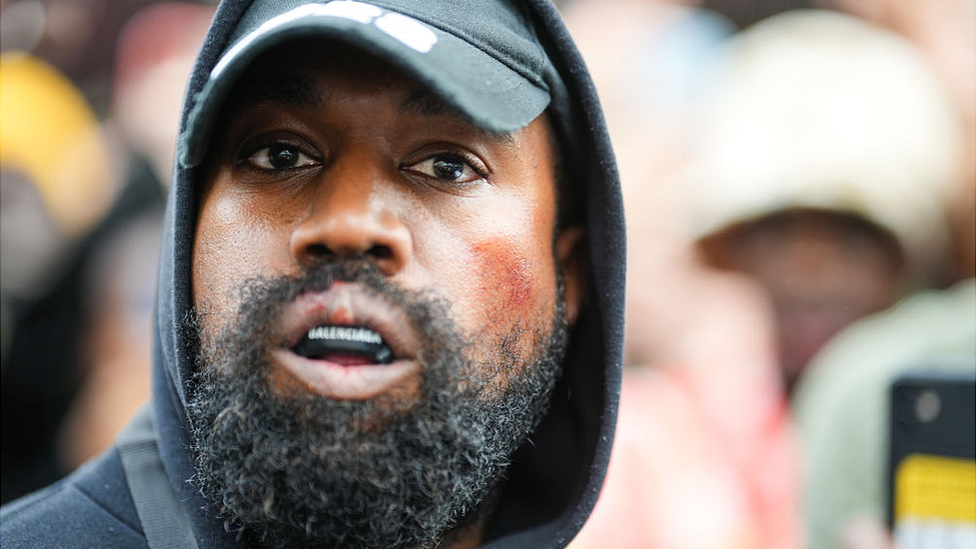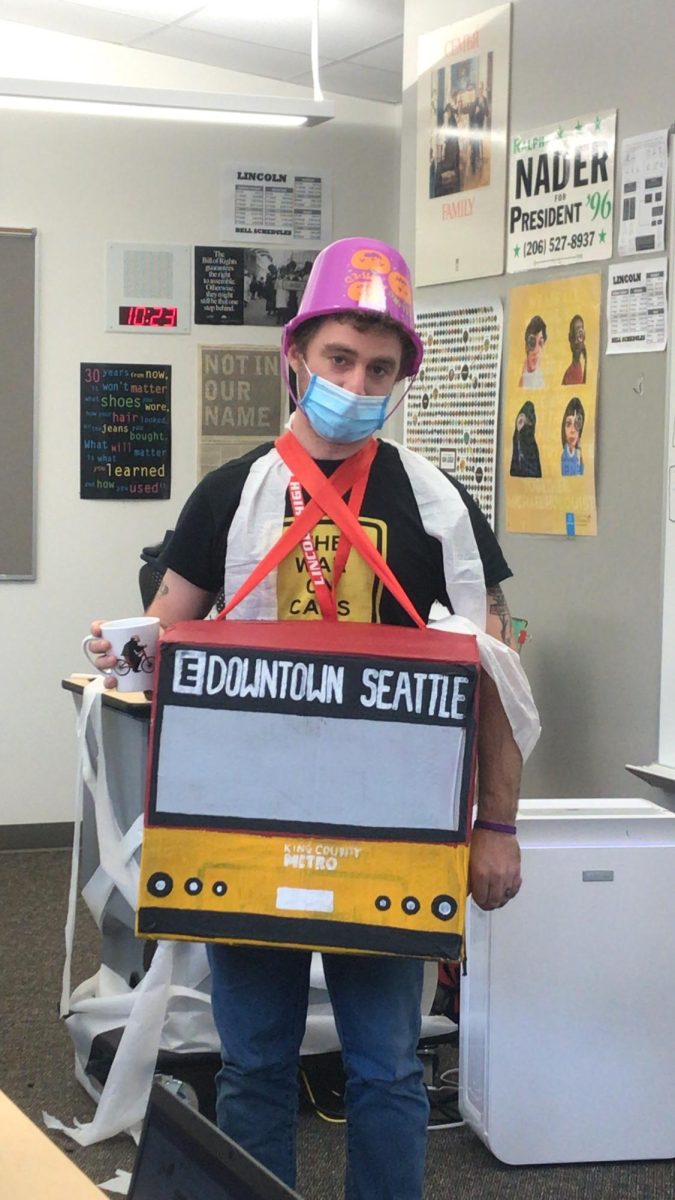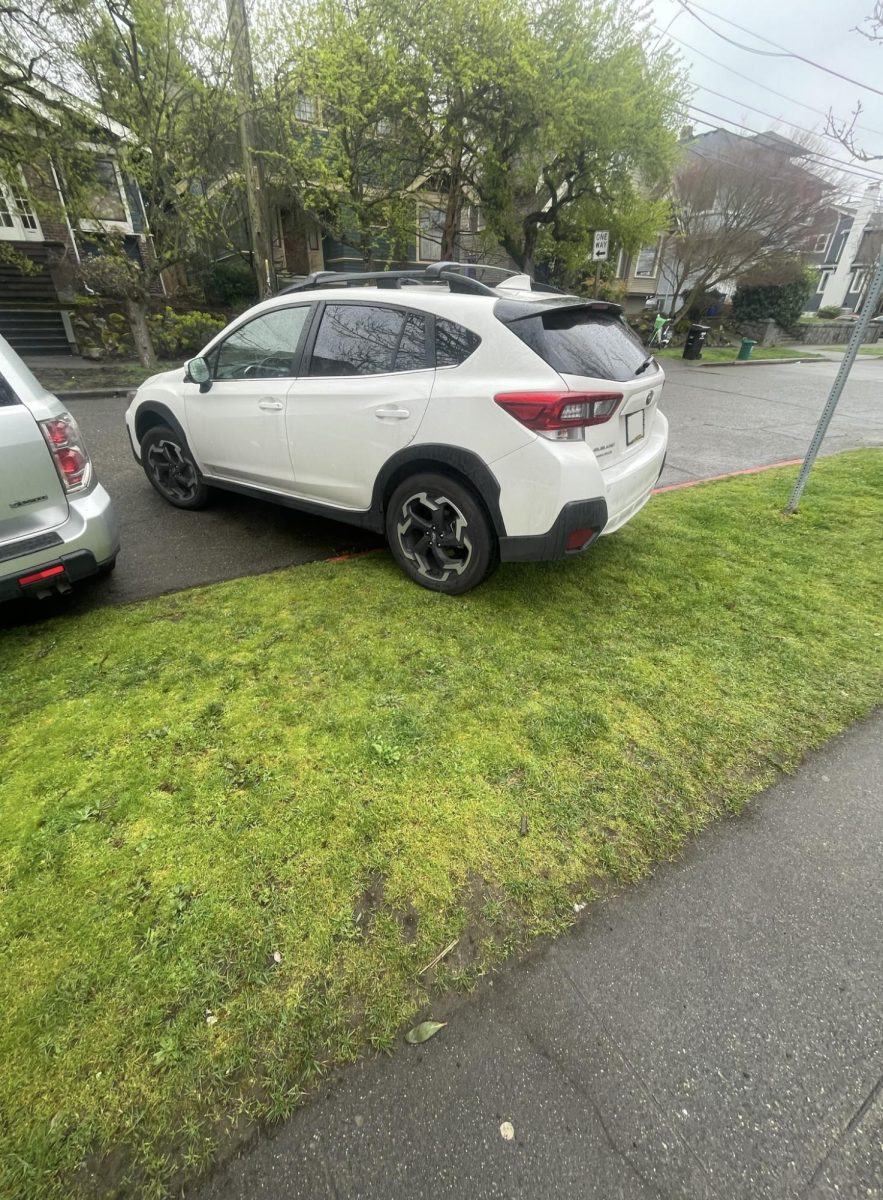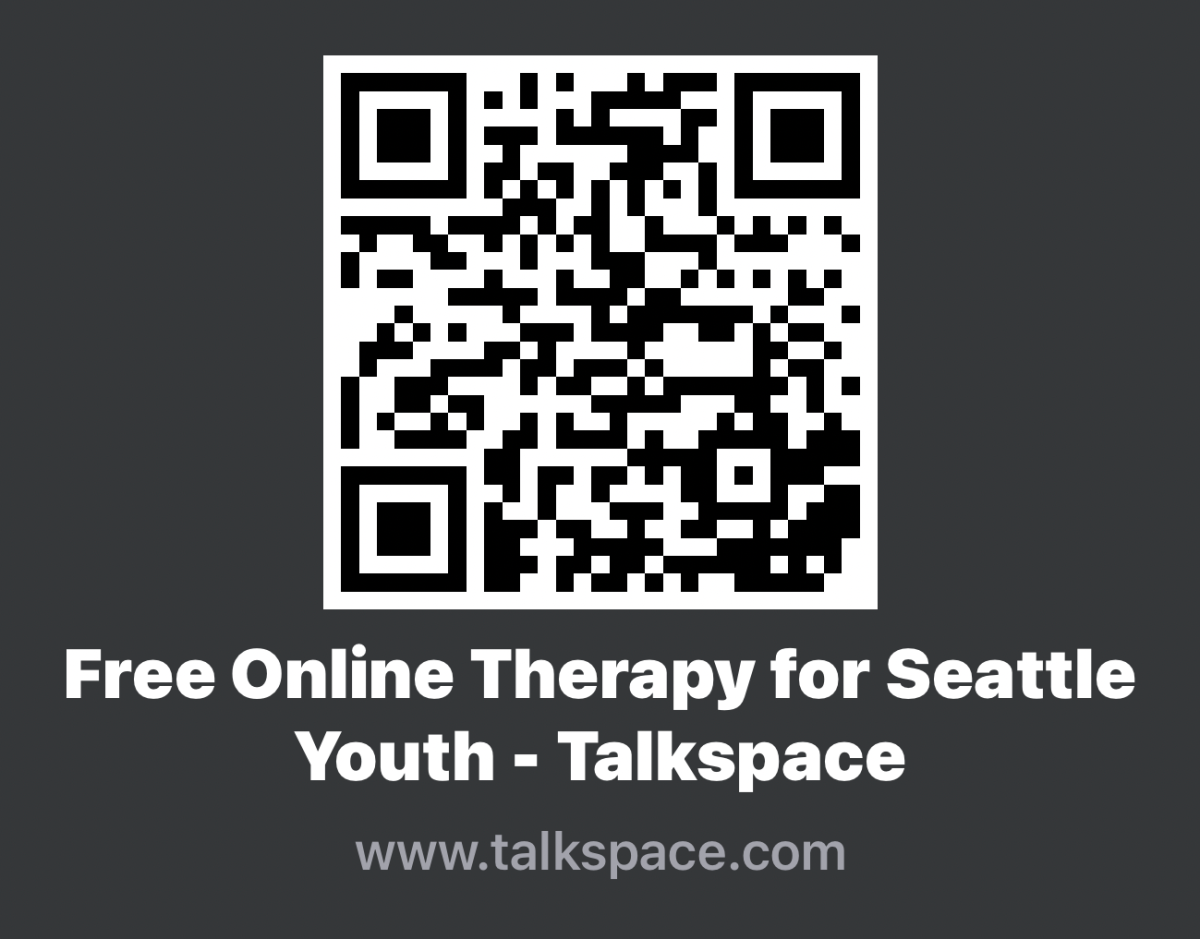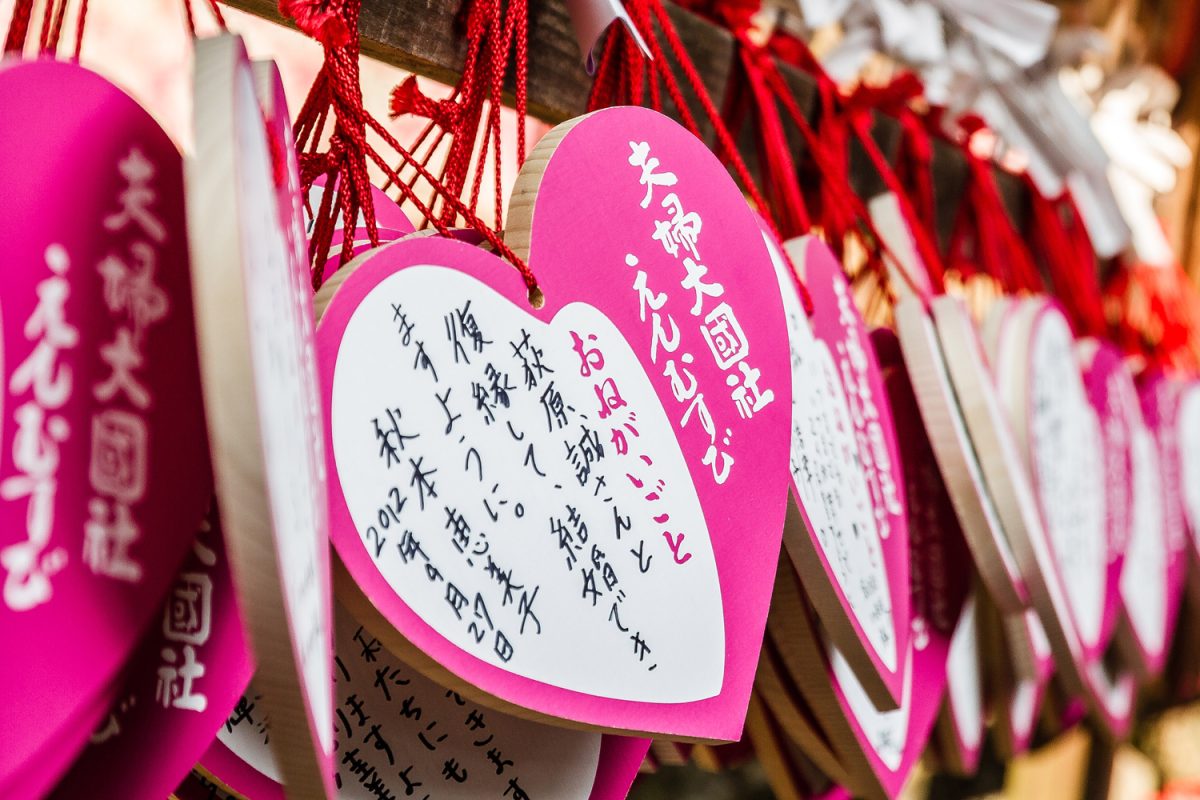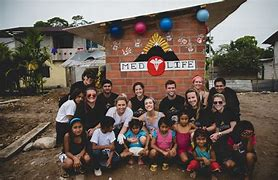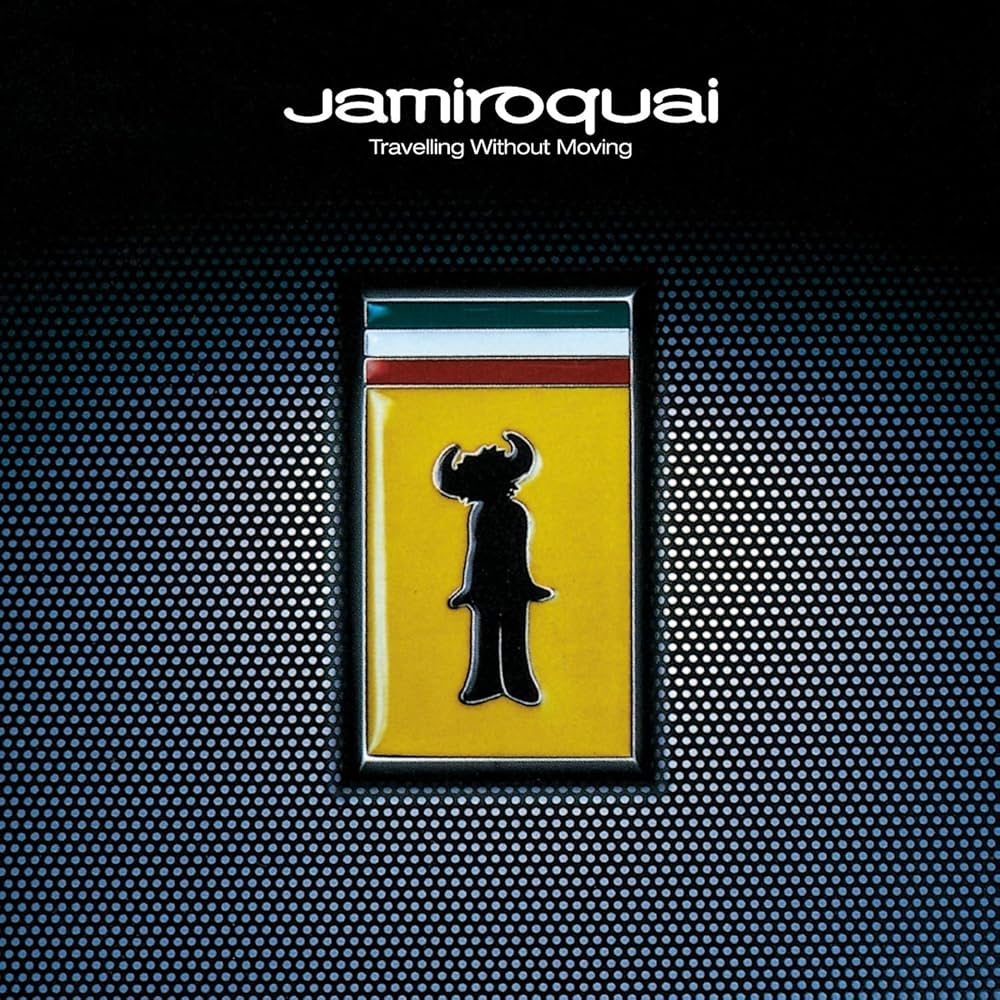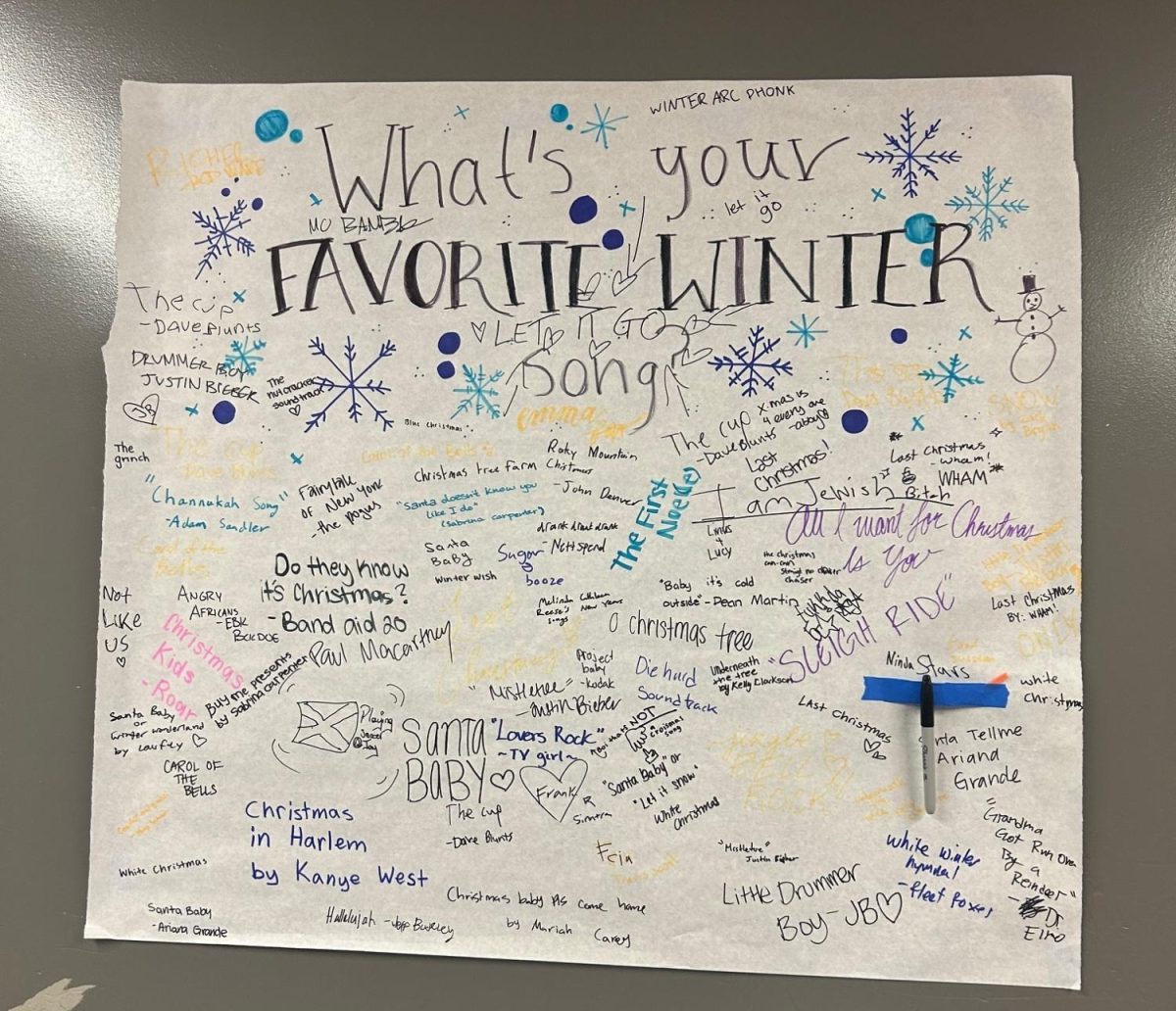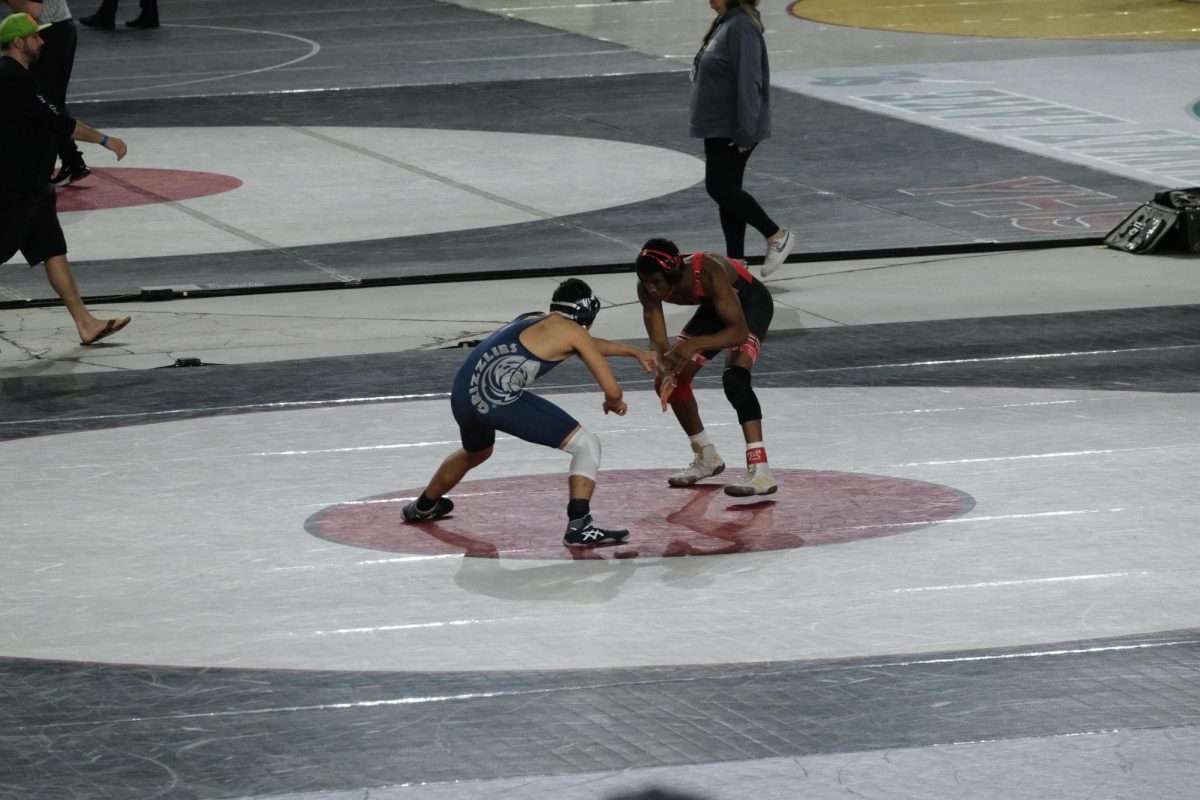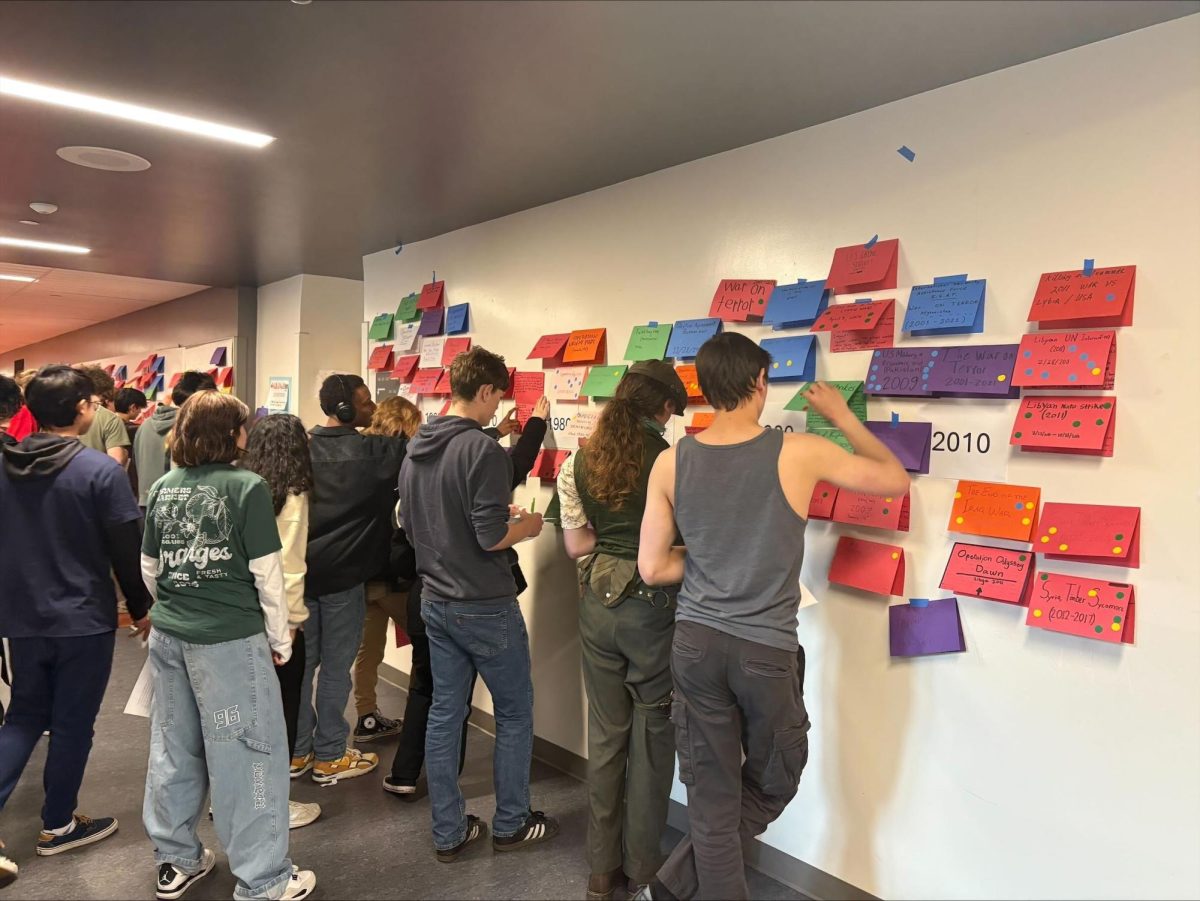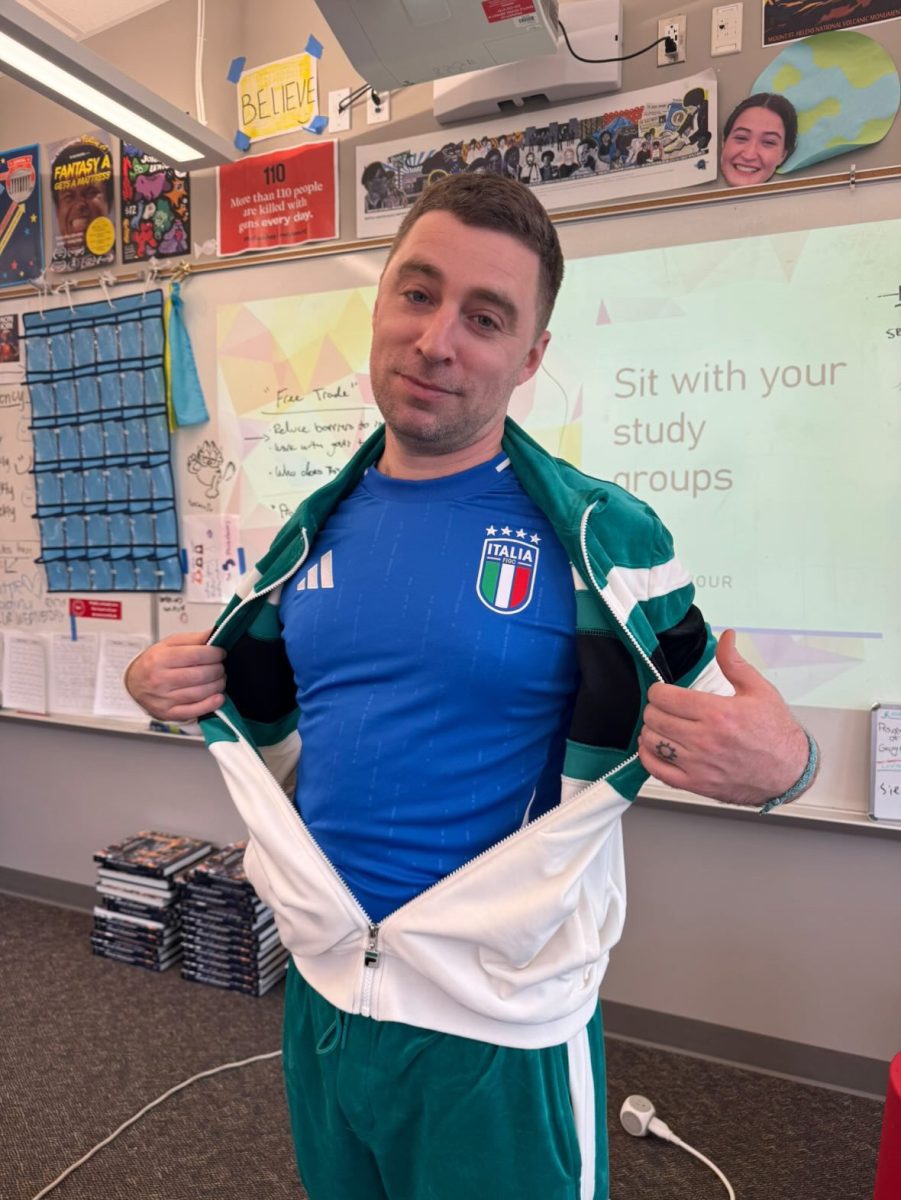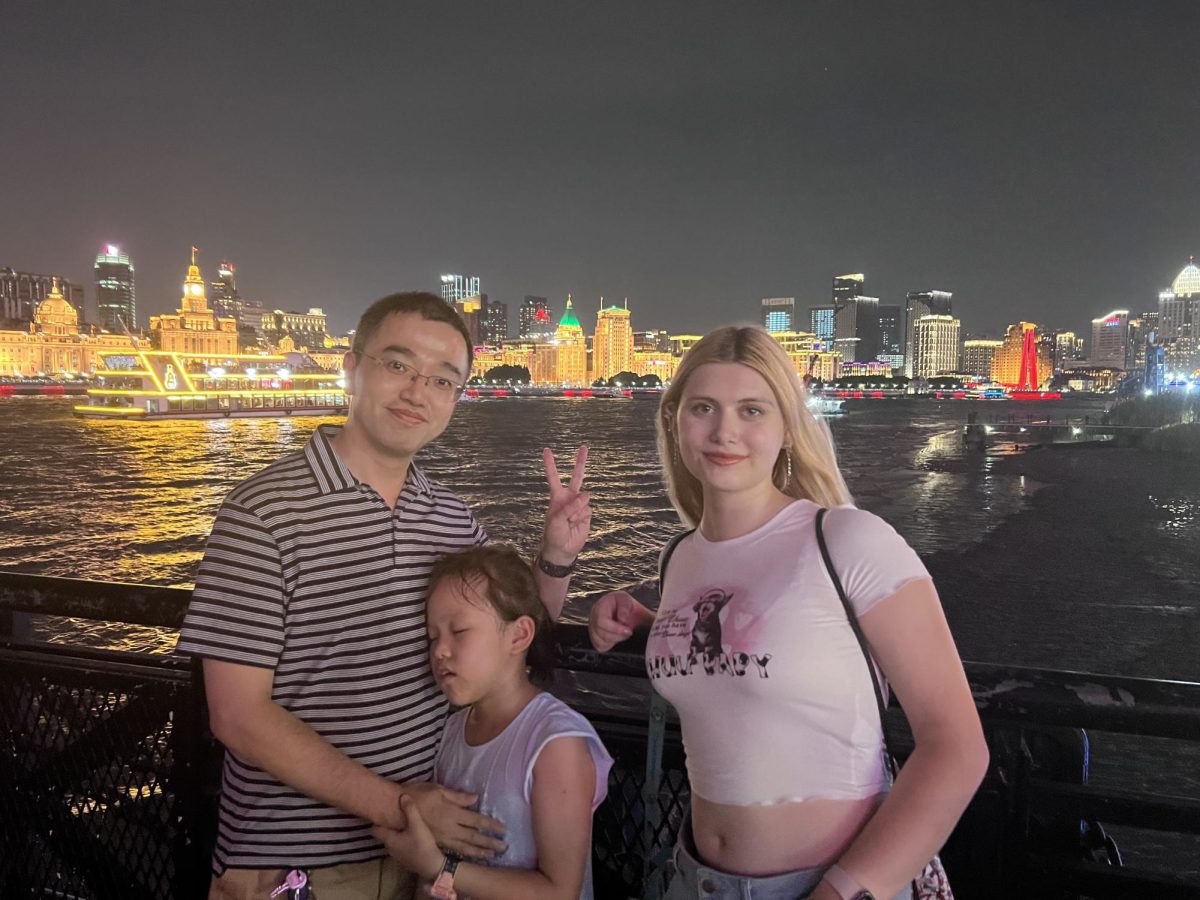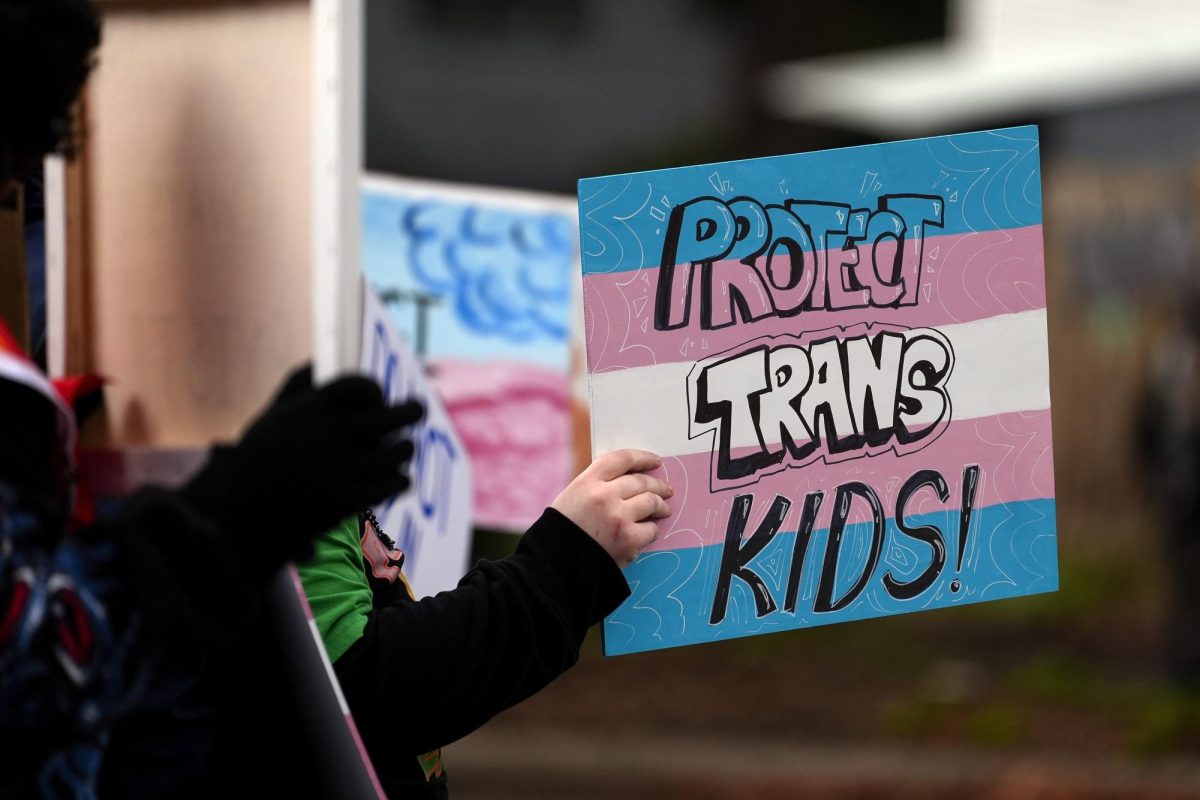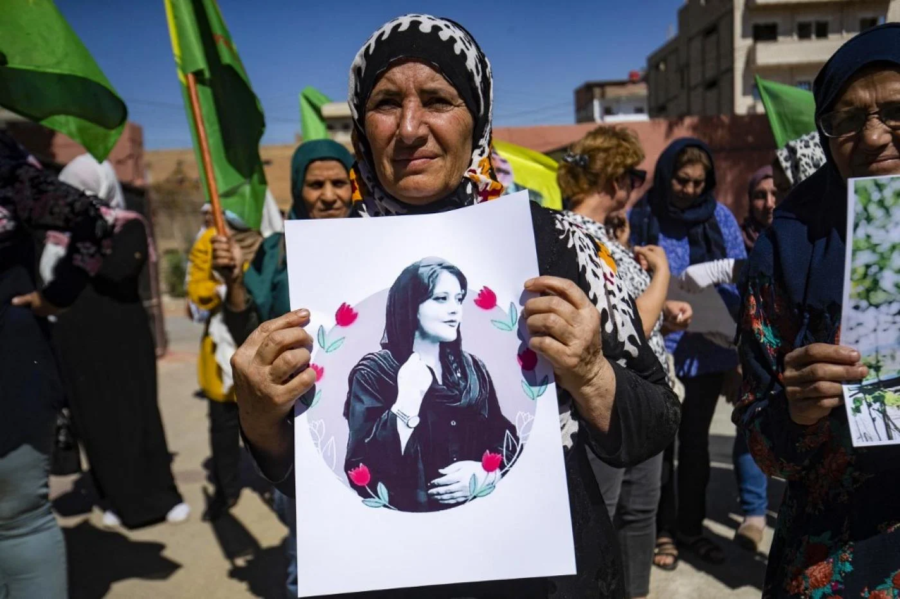What’s going on in Iran?
October 17, 2022
On the 13th of September, 22 year old Mahsa Amini was visiting Tehran with her family. She was suddenly taken into custody by Iran’s Morality Police for violating the strict dress laws of the state and was moved into a detention center for a “re-education session”. Mahsa Amini died in Kasra hospital on the 16th, suffering from skull fractures. The police insisted her situation was “unfortunate”, claiming that she suffered sudden heart failure due to existing physical problems.
Mahsa Amini’s death sparked outrage over Iran, with protests beginning outside of Kasra hospital and onto the streets of Saqqez, Amini’s hometown. Here, outrage was directed onto Supreme Leader Ayatollah Ali Khamenei, with slogans such as “death to dictator” being shouted across Iran until armed forces used violent force against the protestors.
https://twitter.com/ranarahimpour/status/1571861366134251522?s=20&t=Jo2eFfr3a04T9MJLhJxggA
Following the protests, internet access was limited across Iran, a similar tactic used to address protests that occurred in 2019 against the Iranian government. “They don’t want you to be able to communicate with your friends, with your family, with your colleagues, because simply if you’re going to basically create a group […] you’re going to be more effective in the way that you are doing protest,” Amir Rashidi, director of digital rights and security at Miaan Group, a human rights organization, told CNN.
As of October 7th, at least 150 people have been killed and hundreds have been injured, and thousands have been detained by Iranian authorities.


